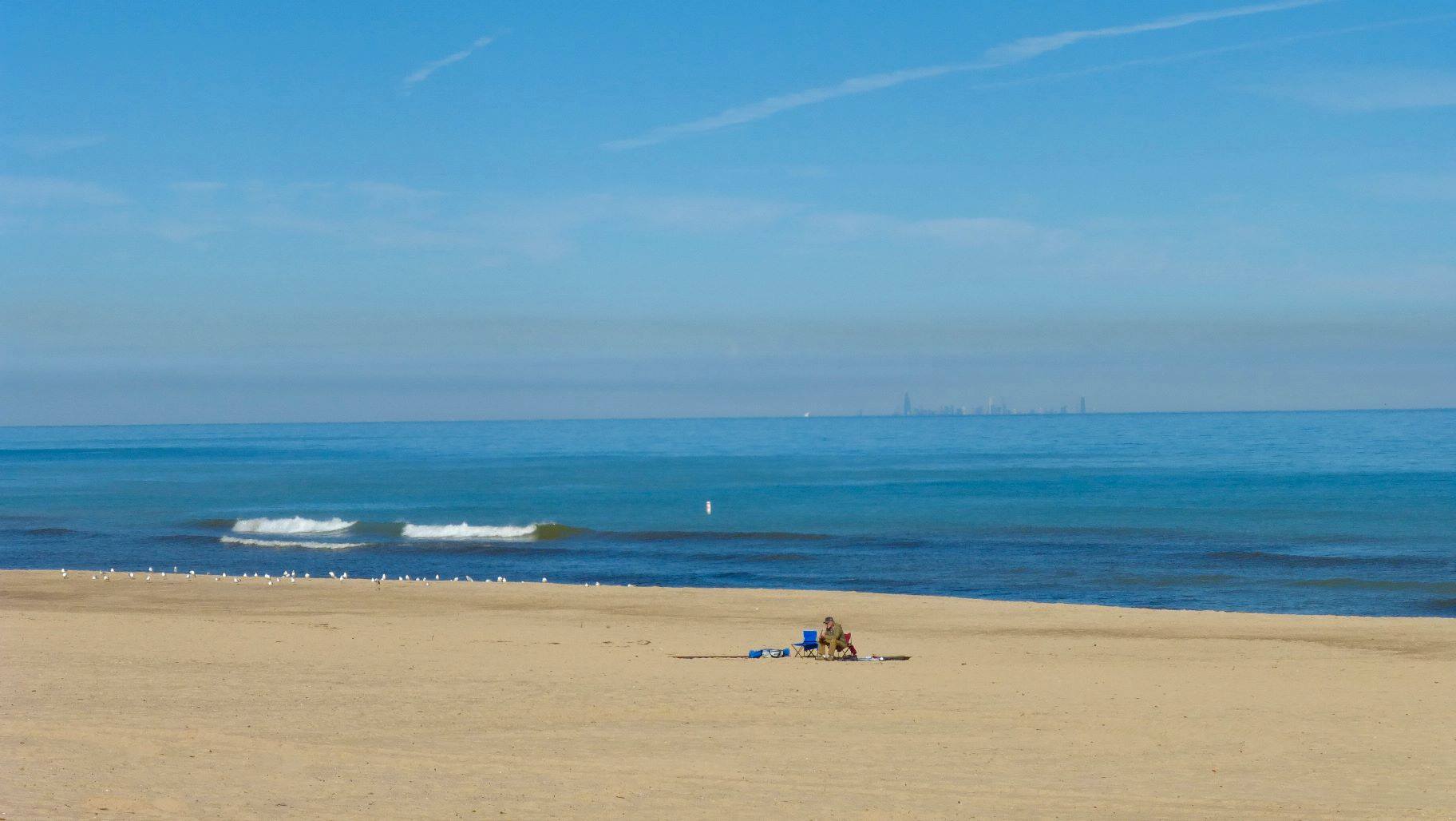Splitting from the inside has crossed my mind. The leading edge is ferruled on the inside, and the part inside the tube is longer = greater leverage. I understand how pounding concrete and asphalt might increase how quickly the tubes may splinter. Best way to find out would be a field test. The rods can also be reinforced to keep them from splitting, and I believe that they already are somewhat beefier at the ends. I would worry more about the endcaps themselves, since they are designed for weight reduction, although Delrin, the material they are made from, is pretty tough stuff. They are very pricy at about $90.00 per set for the four sets I had made. Most of that cost was the set-up and changes to the CNC programming to get them right, so the price should drop for subsequent runs, although I don't foresee them coming in at any less than $40.00 per set.
Isn't Rev using something similar on the Reflex?
There is not as much bungee to absorb shock from hitting the ground, so not recommended for beginners, because the tension is concentrated in a single direction. From other home-made kites I have I can testify that the hole will "weller" out much faster than the stock set up. Again this can be prevented by a bit of reinforcement at each of the six attachment holes on the sail. I can send you a set to beat on if you want to test them.

.thumb.jpg.53aabc63a639af8d375b2c92cf2e13f8.jpg)
.thumb.jpg.53aabc63a639af8d375b2c92cf2e13f8.jpg)
